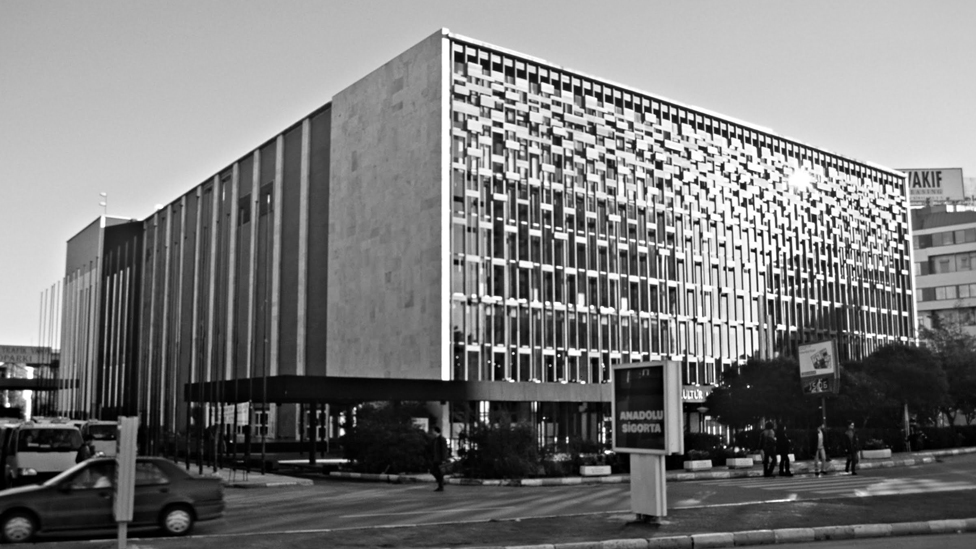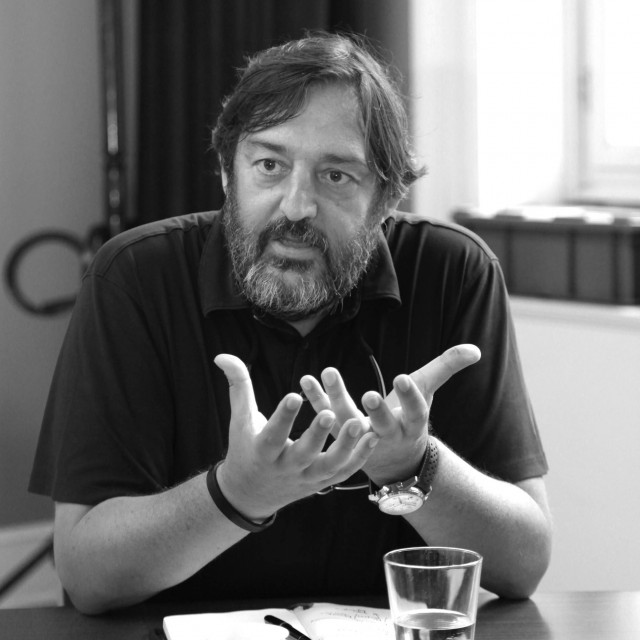Architecture, once an act of grandeur and statecraft, now often occupies the strange, liminal space between aspiration and irrelevance. For centuries, architects stood at the confluence of power, wielding bricks and mortar as tools of persuasion and permanence. Today, they tread more lightly—too lightly, perhaps—caught between the high-resolution demands of global capitalism and the algorithmic mediocrity of mass production.
In a landscape devoid of public commissions, a new mode of working arises—not as a strategy, not as a manifesto, but as an instinctive response. It is not a defined practice so much as a condition, a drift toward doing the work anyway—without permission, without funding, often without a site. It builds not structures, but provocations.
This is architecture without commission—produced in the margins, circulated in fragments. It isn’t always about building. It is about producing architecture in its broadest sense: through drawings, renderings, texts, models, and images. Tools of the profession are repurposed to speculate, to observe, to interrupt.
This is architecture as rumor. As whisper—or shout—amplified by repetition and context. It operates in the tension between the physical and the speculative, tapping into the cultural subconscious, challenging assumptions, and suggesting futures—whether through seduction or critique.
There is no program for this kind of practice because it resists certainty. It exists in flux—equal parts reflection, satire, and possibility. It survives not on permanence but on its ability to land, to circulate, to be felt. Its proposals may critique the city, but they also offer it something back—new desires, distortions, and ambiguities.
It lingers, even when unbuilt. Like the Tower of Babel, it exists as memory rather than object—inhabited through thought, not structure. Unlike myth, it doesn’t pretend to be important. Its gestures may be small, incomplete, or forgotten. Still, they endure in the way all architecture does: by embedding themselves into imagination.
Architects produce millimeter-precise drawings, models, and simulations. But construction transforms those into imprecise realities—distorted by tolerance, error, and compromise. What remains, then, is not the building, but the representation of it. The idea. The attempt. The friction between vision and realization.
In this, there is freedom. A freedom to think, to explore, to circulate unbuilt work as something meaningful—not as failure, but as another kind of architecture. An architecture that exists in the side products—the book, the model, the poster, the story, the website. These are the new extensions of practice.
Like the Ise Shrine, rebuilt every twenty years in Japan, this mode of work embraces impermanence. It accepts that the building is not the final product—that the only permanence architecture has is in memory, metaphor, and repetition.
In a world of speculative prompts, modular systems, and instantly shareable images, this type of practice asks different questions. Could a rendering provoke more than a building? Could a model, stripped of context, unlock a longing for something that doesn’t exist? Could the unbuilt be more lasting than the constructed?
This is the kind of work contained in Uncommissioned. Not a call to arms, but a body of experiments—quiet, exaggerated, unresolved. They don’t demand to be built. But they ask to be seen. They’re not trying to be permanent. But they may linger.



